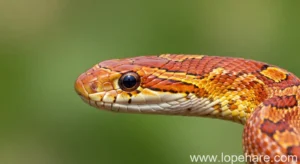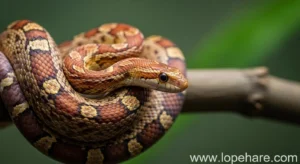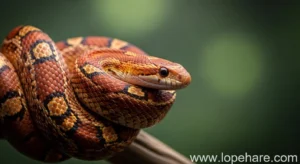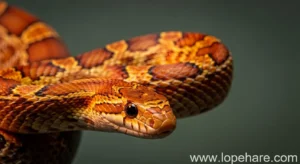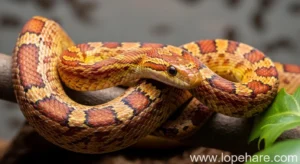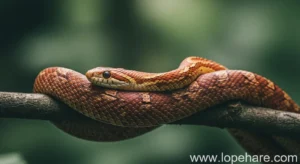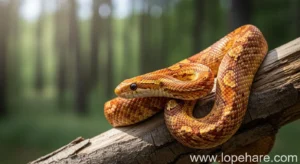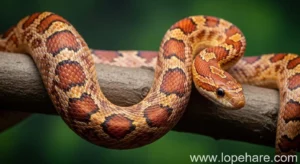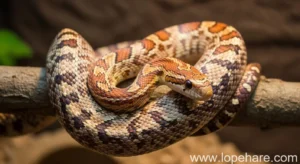
Reptile Care
Natural Remedies for Minor Corn Snake Ailments
At lopehare, we understand the joy and responsibility that comes with keeping specialized pets like corn snakes. While these fascinating reptiles are known for being relatively hardy and good pets for beginners compared to some other species, they aren’t immune to health issues. Most serious problems require prompt veterinary intervention, but for certain minor ailments, a focus on optimal husbandry, which we can consider the most “natural” approach, can often provide relief or prevent the issue from worsening. This article explores some common minor issues and how you can address them using natural, husbandry-based methods.
Understanding Minor Ailments
What constitutes a “minor” ailment in a corn snake? Generally, these are issues that aren’t immediately life-threatening and are often a direct result of suboptimal environmental conditions or temporary stress. Examples include:
- Incomplete or poor sheds (dysecdysis)
- Mild constipation
- Minor skin irritations or small scrapes
- Temporary loss of appetite not associated with other symptoms
It is absolutely crucial to differentiate these from serious conditions like respiratory infections, severe mouth rot, significant injuries, parasites, or neurological issues, all of which demand immediate attention from a qualified reptile veterinarian.
Prevention: The Best “Natural” Remedy
Before diving into how to address minor issues, let’s state the most important point: maintaining consistently excellent corn snake care is the primary and most effective natural remedy for nearly all ailments. A well-kept environment drastically reduces stress and provides the necessary conditions for your snake’s body to function correctly and fight off potential problems. Key preventive measures include:
- Temperature Gradient: Providing a warm basking spot (around 80-85°F or 27-29°C) and a cooler side (70-75°F or 21-24°C) allows the snake to regulate its body temperature.
- Humidity: Maintaining appropriate humidity (40-60%, slightly higher during shed) is vital for respiratory health and proper shedding. Use a hygrometer to monitor levels.
- Cleanliness: Regular spot cleaning of feces and urates, along with periodic full substrate changes, prevents the buildup of harmful bacteria and fungi.
- Proper Enclosure Size & Enrichment: A suitably sized enclosure with hides on both the warm and cool sides, climbing opportunities, and appropriate substrate reduces stress and promotes activity.
- Fresh Water: Always provide clean, fresh water in a sturdy bowl.
Handling Minor Shedding Issues (Dysecdysis)
A healthy corn snake should shed its skin in one complete piece. If you notice retained eye caps, pieces of skin stuck on the body, or a patchy shed, the most common cause is insufficient humidity or dehydration. This is where a “natural” intervention is highly effective:
Humid Hide: Ensure your snake has access to a humid hide, especially when going into shed (eyes turn milky, skin color dulls). This can be a plastic container with a lid, a hole cut out, and damp sphagnum moss or paper towels inside. The moisture helps the old skin loosen.
For retained pieces, particularly eye caps (spectacles), do NOT try to pull them off dry! This can cause serious damage. A warm water soak is the safest natural remedy for corn snake stuck shed:
- Prepare a container with shallow, lukewarm water (no warmer than 85°F / 29°C) – deep enough for the snake to submerge but still comfortably keep its head out.
- Gently place your snake in the container for 20-30 minutes.
- The water helps rehydrate the skin. After the soak, you can try gently rubbing the retained skin with a soft cloth or your fingers while the snake is still damp. It should come off easily if ready.
- Repeat daily if necessary, but if retained sheds persist after a few days or if the snake seems stressed, consult a vet.
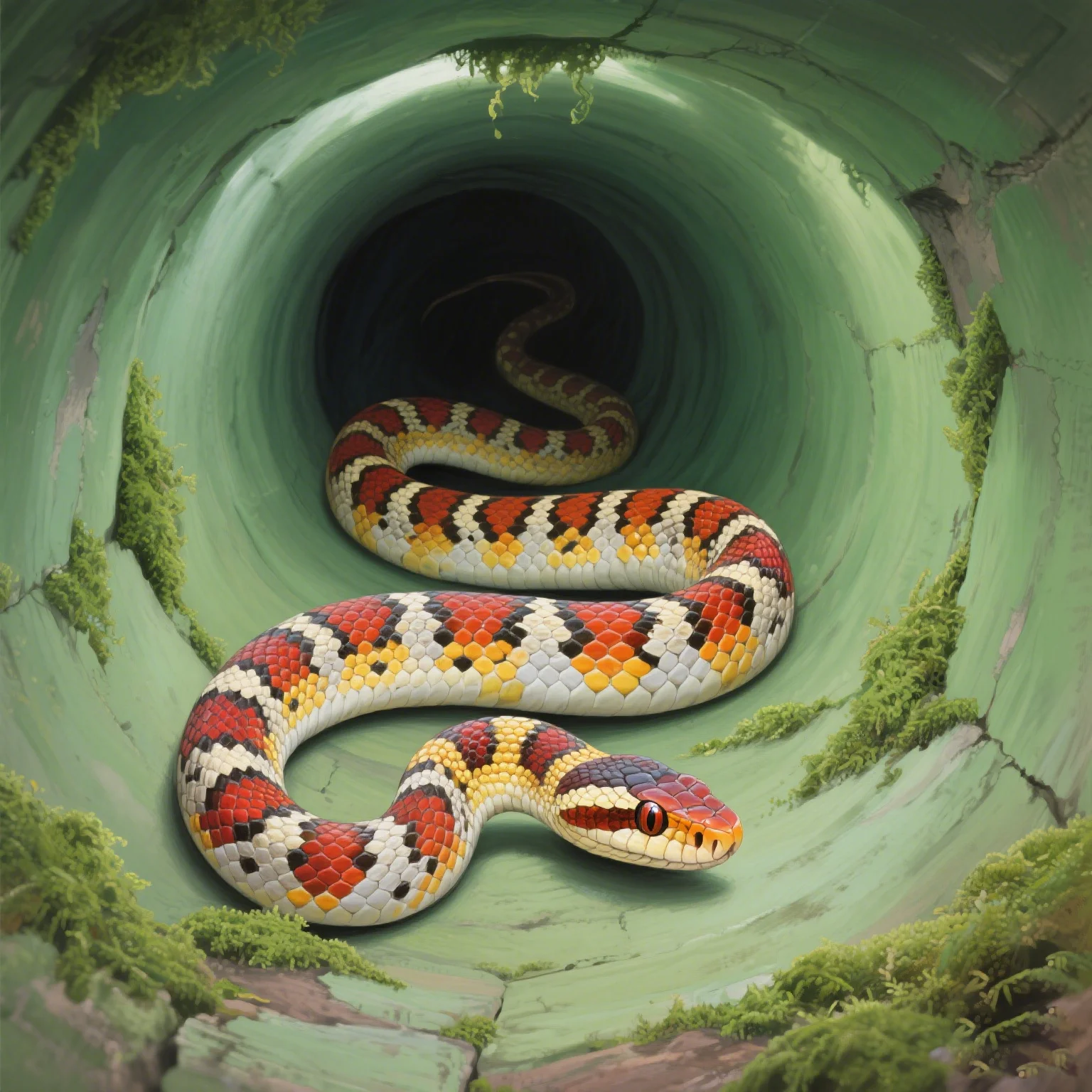
Addressing Mild Constipation
If your corn snake hasn’t defecated after several feedings or seems lethargic with a noticeable lump in its lower body, it might be constipated. Mild cases are often linked to dehydration or slightly incorrect temperatures affecting digestion. The same warm water soak method used for shedding can often help stimulate the bowels. Ensure the warm side of the enclosure is at the correct temperature range as well, as proper heat is essential for digestion.
Never force-feed or use laxatives unless specifically instructed by a veterinarian. If a warm soak doesn’t result in a bowel movement within a day or two, or if the snake shows other signs of illness, it’s time for a vet visit.
Minor Skin Irritations and Scrapes
Small nicks or scrapes can occur if enclosure decor is too rough or if the snake rubs excessively. The most crucial “natural” treatment here is preventing secondary infection through excellent hygiene. Ensure the substrate is clean and dry (except for the humid hide), and remove any sharp objects. Minor issues often heal on their own during the next shed cycle with clean conditions. For slightly more significant scrapes, some keepers, under veterinary guidance, might use dilute non-toxic antiseptics like Betadine or Chlorhexidine, but these are not strictly “natural”. Focusing on pristine environmental conditions is your best bet for natural healing.
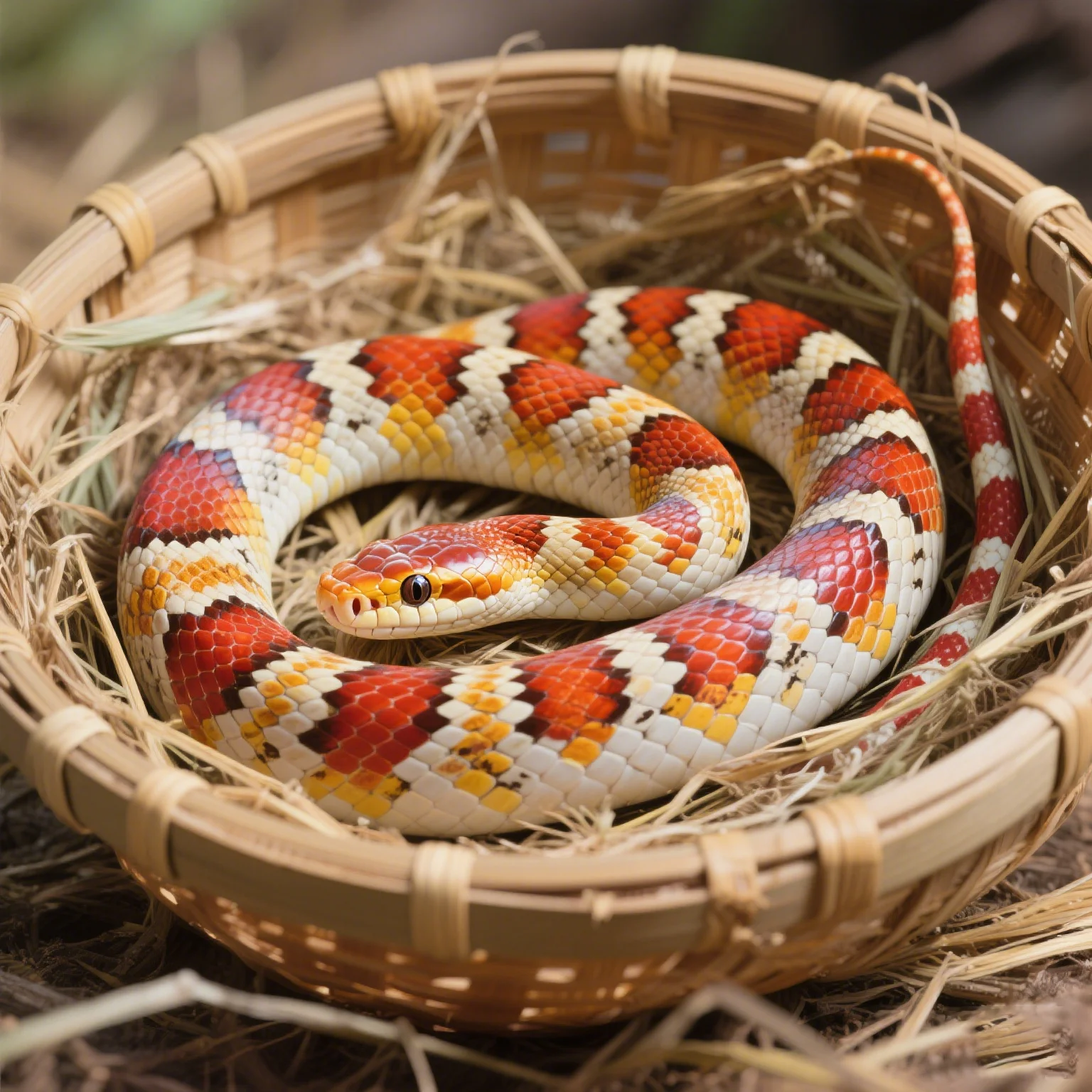
The Role of Diet and Hydration
Feeding appropriate prey size (no wider than the snake’s widest part) and ensuring feeders are properly thawed if frozen/thawed is fundamental. Overly large meals can lead to regurgitation or difficulty digesting, potentially contributing to issues like constipation. Always provide fresh water. While corn snakes lap from bowls, ensuring adequate enclosure humidity also contributes to overall hydration, aiding in everything from digestion to shedding.
When to Seek Veterinary Care
Recognizing the limits of natural or husbandry-based remedies is vital. Always consult a qualified reptile veterinarian if you observe:
- Symptoms that don’t improve with husbandry adjustments.
- Lethargy, lack of appetite, or hiding for extended periods.
- Wheezing, clicking sounds, or nasal discharge (signs of respiratory infection).
- Swelling, redness around the mouth or body.
- Regurgitation of food.
- Unusual lumps or growths.
- Persistent retained sheds or eye caps after trying soaking.
- Any behavior that seems significantly abnormal.
Don’t Delay: Reptiles can mask illness until it’s severe. If in doubt, it’s always safer to consult a vet specializing in exotic animals.
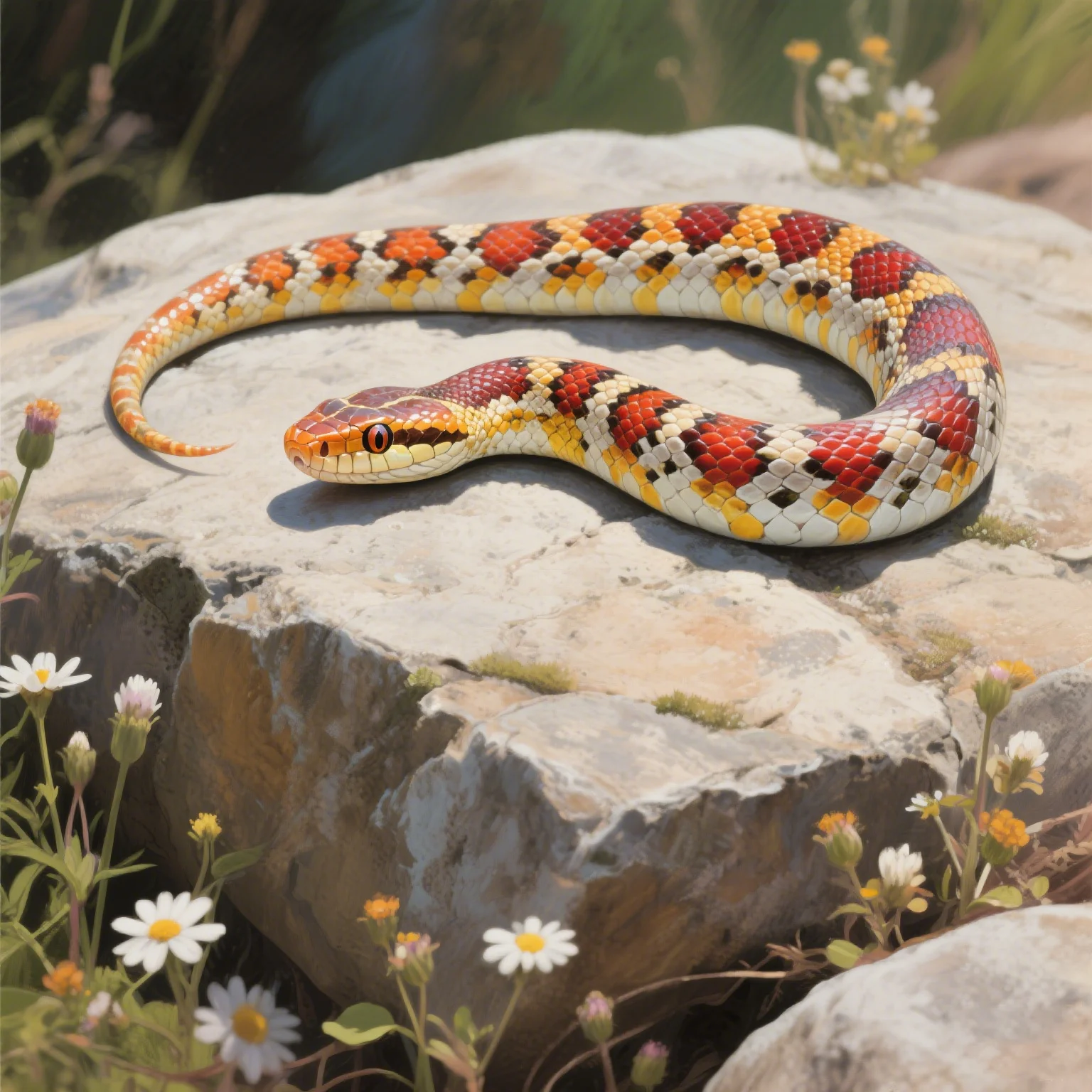
Conclusion
For minor issues in corn snakes, the most effective “natural remedies” are rooted in providing impeccable husbandry. Ensuring correct temperature, humidity, cleanliness, and reducing stress creates an environment where your snake can thrive and overcome minor hurdles on its own. While specific interventions like warm water soaks can assist with common problems like shedding and mild constipation, these should be seen as supplementary to, not replacements for, excellent daily care. As editors at lopehare, our advice is always to prioritize prevention through proper husbandry and to seek professional veterinary help promptly for anything beyond the most superficial or easily resolved issues. Your corn snake’s health depends on your diligence and willingness to seek expert help when needed.
References
- Corn snake – Wikipedia
- Reptile Shedding (Dysecdysis) – Veterinary Information Network (Example professional source)
